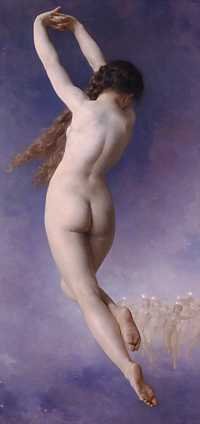|
|
| Welcome, Guest. Please Login | |
 Home Home   Help Help   Search Search   Login Login  |
| LongLocks Salon › Bad Hair Day › Living With Hair Loss › Hair Pulling: A Baffling Disorder Part 1 |

|
|
|
|
| Welcome, Guest. Please Login | |
 Home Home   Help Help   Search Search   Login Login  |
| LongLocks Salon › Bad Hair Day › Living With Hair Loss › Hair Pulling: A Baffling Disorder Part 1 |

|
|